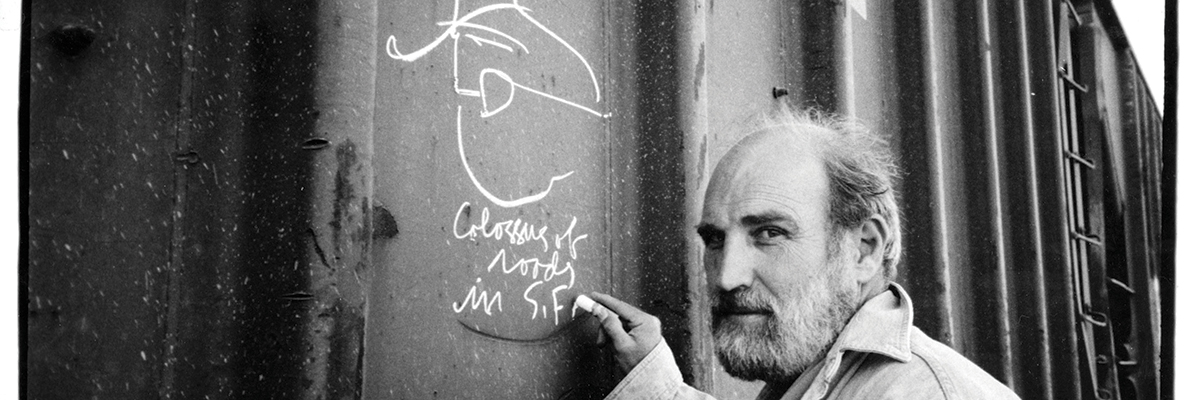In the shifting culturescapes of urban contemporary art, STRAAT Museum’s latest exhibition, “Moniker: An Origin Story,” emerges as a poignant narrative that bridges the transient heritage of hobo monikers with the vibrant pulse of today’s street art scene. This show not only marks an exploration into the roots of a movement but stands as a tribute to Russell Butler, known as buZ Blurr, a pivotal figure who recently passed away, and whose legacy in the realm of freight train artistry has left an indelible mark on the canvas of American folk art.
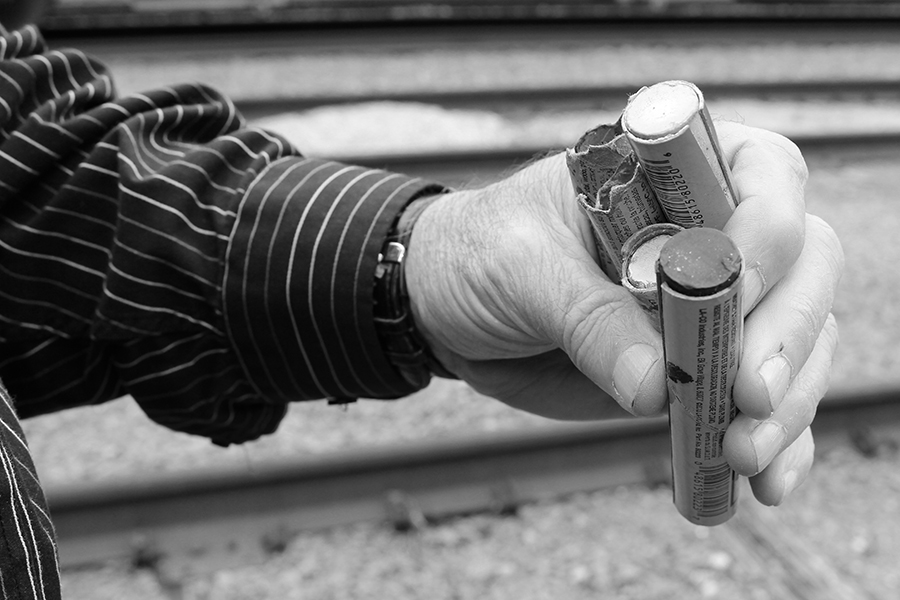
The practice of hobo writing on trains, a tradition from the early 20th century, encapsulates a form of rebellion against the confines of societal norms, embracing a nomadic lifestyle that flourished alongside the tracks of freight trains. In their quest for freedom and community, Hobos developed a unique language of symbols, or “monikers,” that became a vital means of communication within this itinerant community. These monikers, often rendered in solid paint sticks or industrial crayons, are the precursors to the graffiti and punk DIY styles that would later permeate urban landscapes, among other things, embodying a spirit of protest against modern society’s failings and creating platforms for random acts of poetry.
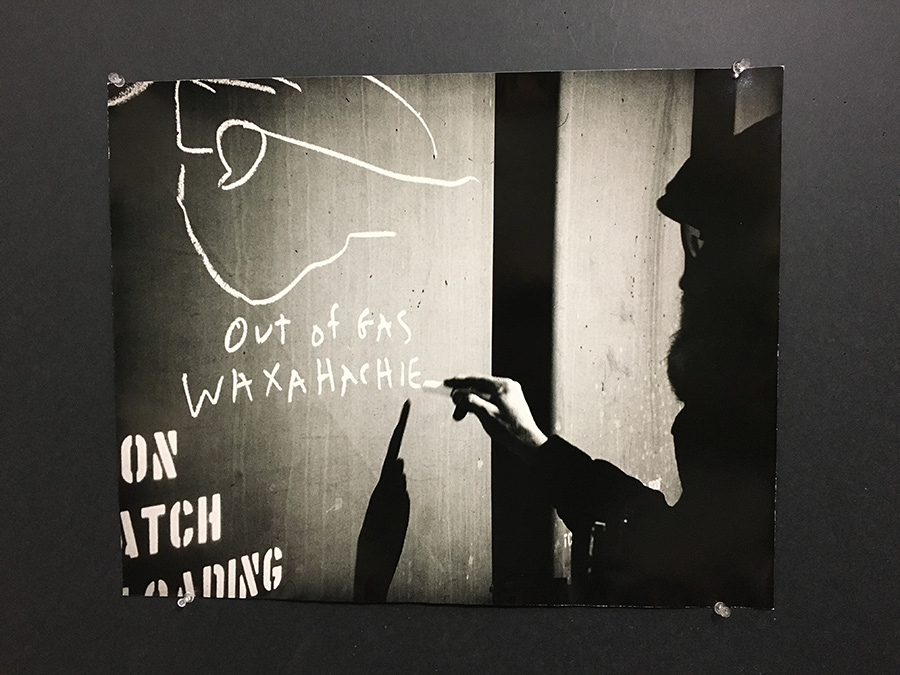
buZ Blurr, an artist who commenced his journey within the rail yards of Gurdon, Arkansas, crafted a visual lexicon over five decades, becoming synonymous with the Colossus of Roads moniker. His “boxcar icon dispatches” served not only as personal narratives but as a collective memory for the transient souls that found solace in the freedom of the rails. Through his friendship and collaboration with Bill Daniel, a documentarian whose work “Who is Bozo Texino?” delves into the subculture of rail graffiti, Blurr’s legacy and the broader narrative of hobo moniker art have been meticulously archived and celebrated.
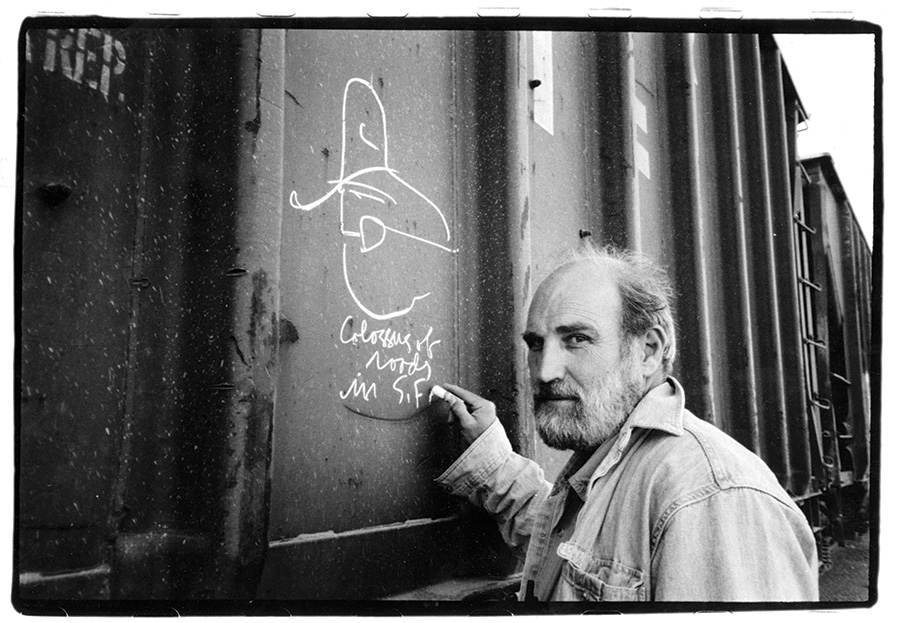
The exhibition at STRAAT invites audiences to traverse the evolution of this underground art form, from its hobo origins to its present-day incarnation within the global urban art scene. The exhibition showcases a selection of works that encapsulate the essence of the moniker movement, highlighting the original artworks and boxcar iconography that buZ Blurr authored and brandished. Visitors will encounter a diverse array of expressions, from the iconic Colossus of Roads to other seminal figures within the moniker tradition, each piece narrating a story of freedom, identity, and resistance.
In an era where some in the contemporary urban art scene gravitate towards commodification, this genesis story rekindles the foundational values of community, communication, and the unadulterated desire for expression that characterized the organic origins of this movement. STRAAT Museum reaffirms its commitment to celebrating the authentic and genuine voices that have shaped graffiti, street art, and urban art through this exhibition. This show is not just a historical recount but a vibrant testament to the enduring spirit of artists who have navigated the margins to inscribe their narratives on the city’s canvas – and across the country.
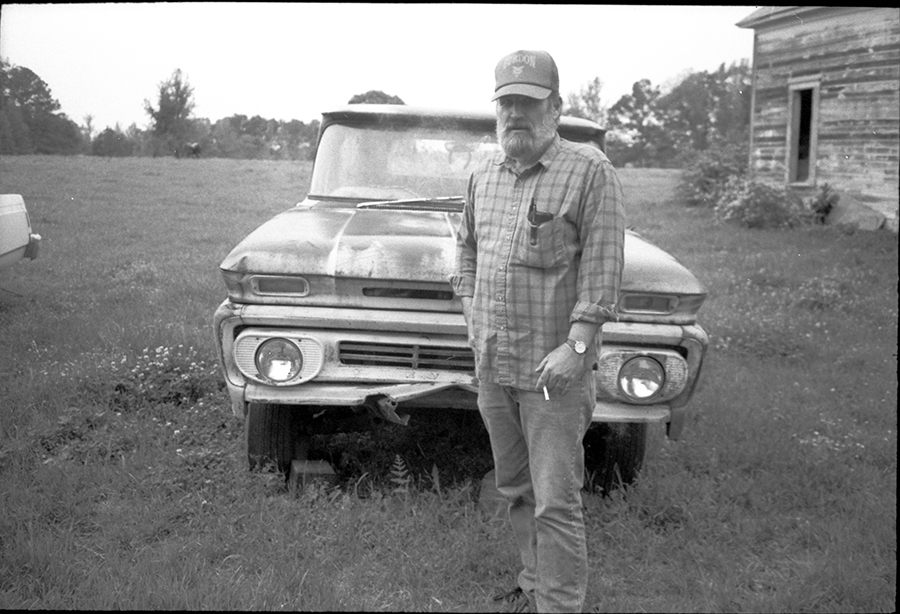
The exhibition opens its doors with a reception on Saturday, March 9, 2024, from 6-9 PM, inviting the public into a dialogue with the past and present. The exhibition will continue through Sunday, April 28, 2024, at STRAAT Museum. In its essence, one hopes it celebrates the indomitable human spirit’s quest for freedom, identity, and expression.
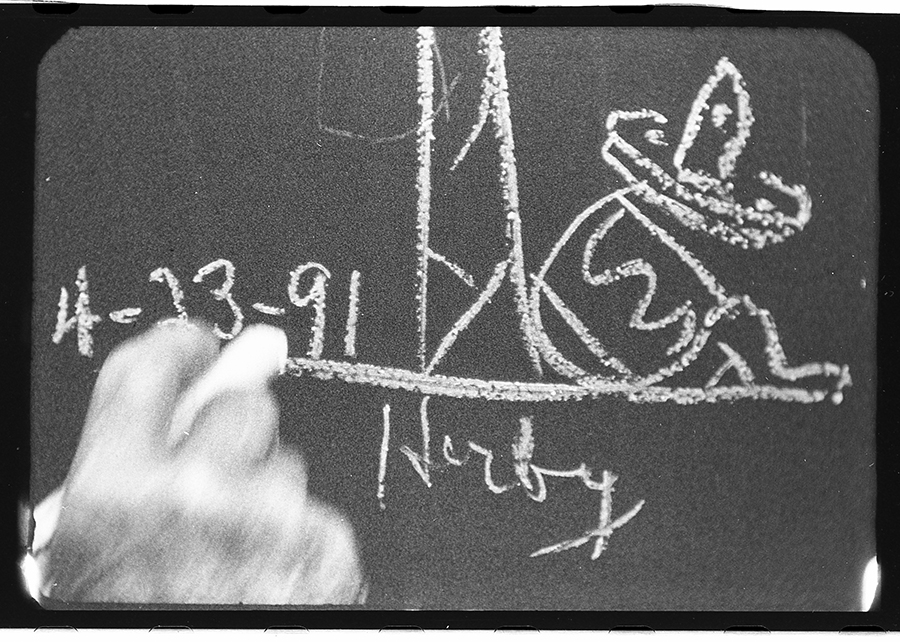
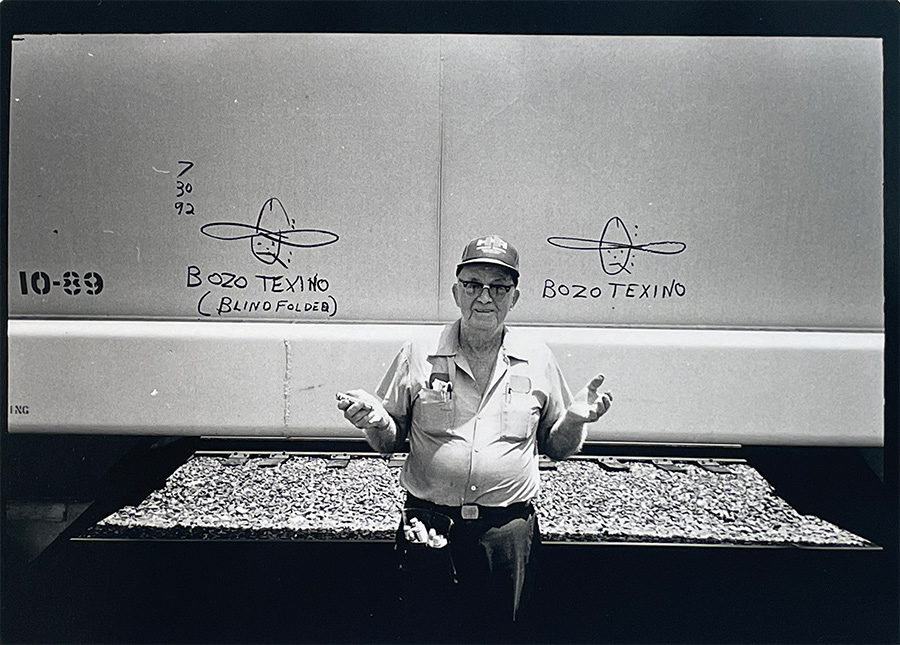
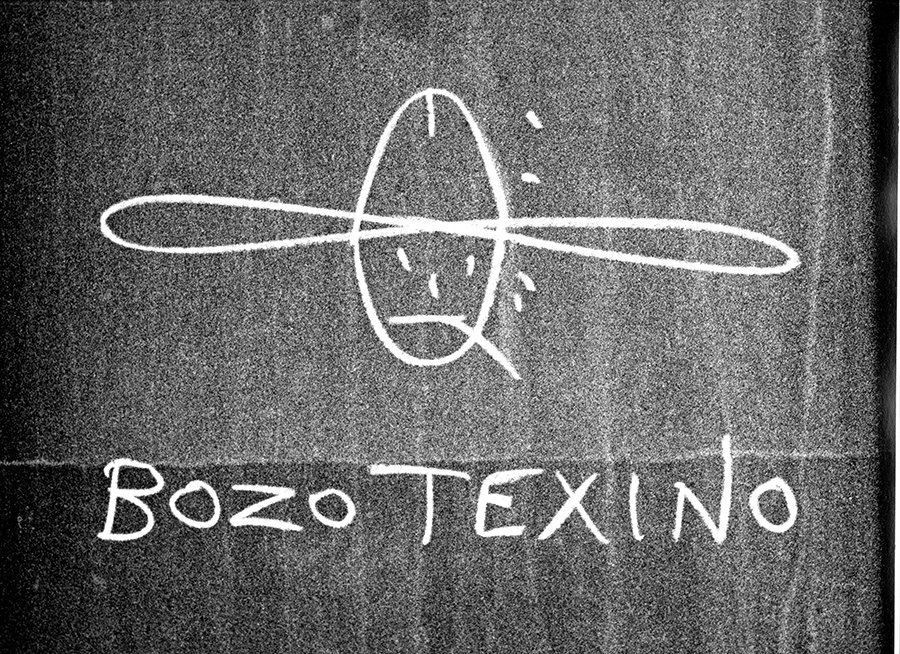
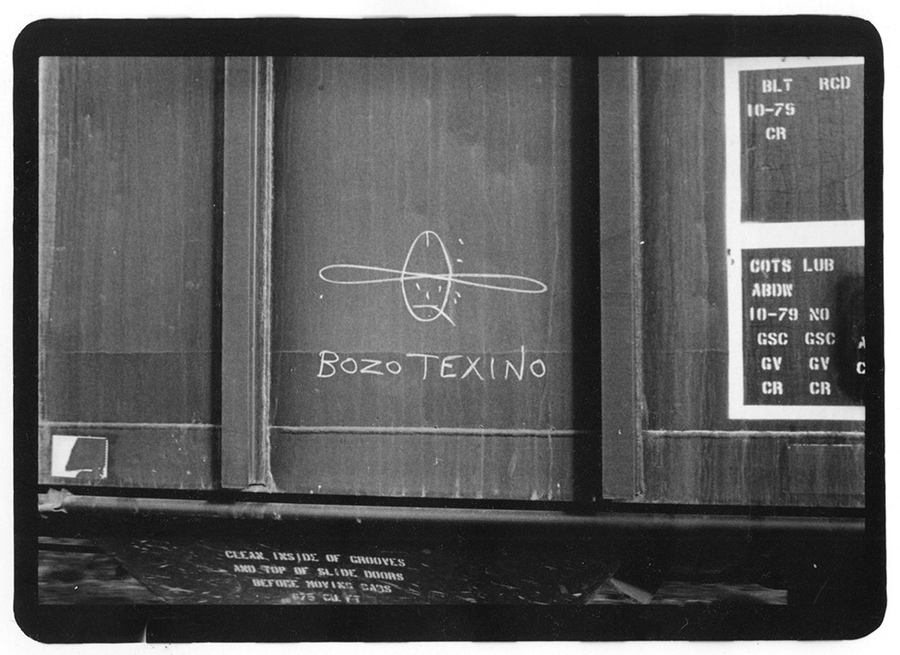
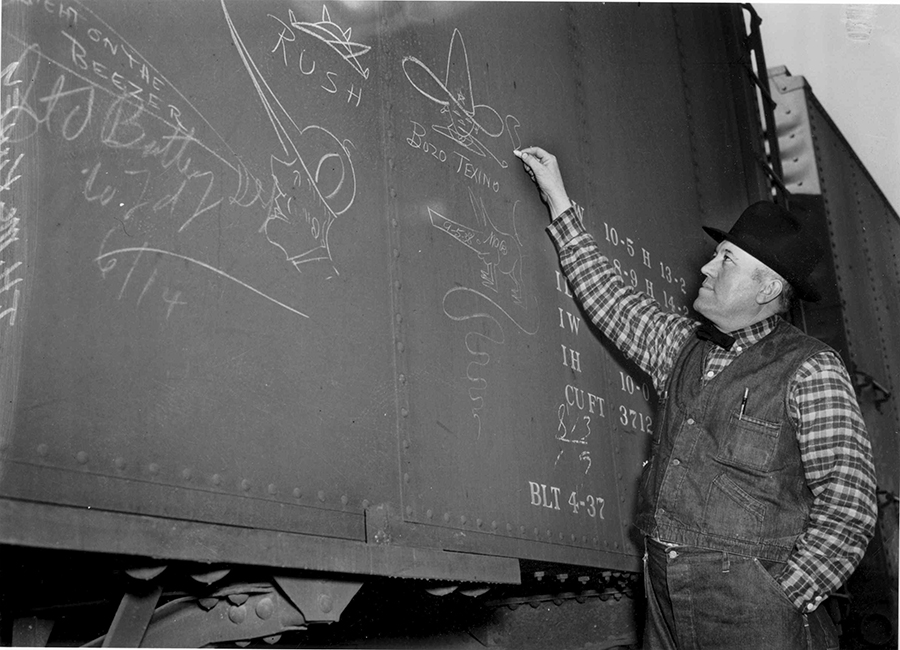
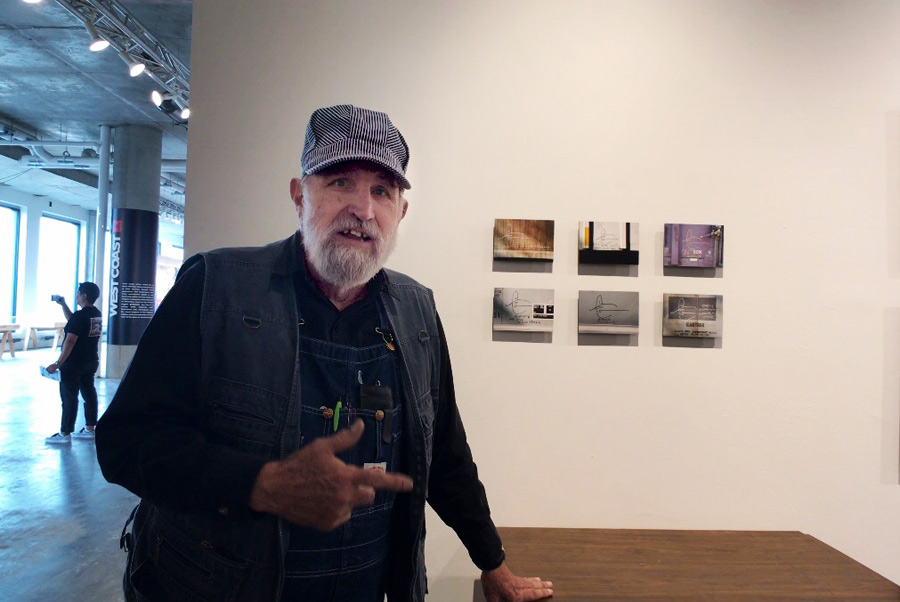
buZ blurr during a conversation with Brooklyn Street Art in 2019.
“These are a self-portrait as predicated on the first Bozo Texino person, and I kind of changed the image around,” says Mr. Blurr, a legendary figure in denim overalls, as he patiently describes his classic tag image of a railway cowboy.
“It is a writer motif – the pipe smoke is going up, and then it is trailing back to signify movement as the train goes down the track,” he says. “I worked in the train yards, and my job was as a brakeman. I had a little free time, so I started making drawings. I made my first one on November 11, 1971,” he says as he recalls a state of mind that he was in at the time as he began to tag freights with the image and text that came to him clearly – yet it may have perplexed other travelers.
“They came from a confused state. I was questioning everything. I was putting a kind of cryptic messages under my drawings. It was anybody’s guess as to its literal interpretation. I addressed some of them up to specific people, but whether they saw them or responded to them, I wouldn’t have any idea.”
The full list of contributing artists includes:
2359, Alquimia Ferrocarrilera, Bill Daniel, Coaltrain, Colossus of Roads, Ed Haskel, Fat Owl, Flangesqueal, I’m Ugly, Khaze, The Kodak Kid, Lamps, Leroy Drown, Milktooth, Mr. Bass, NY Tomato, North Bank Fred, NOVA, POOH. The Rambler, Shrug, Smokin’ Joe, The Solo Artist, Stonewall Jim, Swampy, Take 5, Tex Goth, Wooden Axle, Bozo Texino, Conrail Twitty, Herby, Iowa Blackie, J.B. King Esq, Matokie Slaughter, Mud Up, Taurus, El Truncón, Water Bed Lou.
Moniker: An Origin Story is open to the public from Sunday, March 10th until Sunday, April 28th, 2024
STRAAT Museum
NDSM-Plein 1, 1033 WC Amsterdam
Other Articles You May Like from BSA:
Our weekly focus on the moving image and art in the streets. And other oddities. Now screening : 1. Don Rimx x Owley "Olor A Azucenas El Perfume Del Barrio"2. Street Art Singapore (VICE)3. LA...
Happy Holidays to all you stupendous and talented and charming BSA readers! We thank you from the bottom of our socks for your support this year. The best way we can think of to celebrate and comm...
The murder of George Floyd in Minneapolis on Monday, the murder of Ahmaud Arbery while jogging in Georgia in February, the racist threats and intimidation toward Christian Cooper over the Memorial Da...
It must be sooooooooooo hard to paint a mural in paradise. Hollbox Island is the home of the first international public art festival in Mexico and appears to be a good location to test this theory....
artSEA and its producers are planning ahead. It’s ten months until the 10 day festival that will coincide with the Seattle Art Fair, but already artSEA is putting together their lineup of public artwo...
 BROOKLYN STREET ART LOVES YOU MORE EVERY DAY
BROOKLYN STREET ART LOVES YOU MORE EVERY DAY